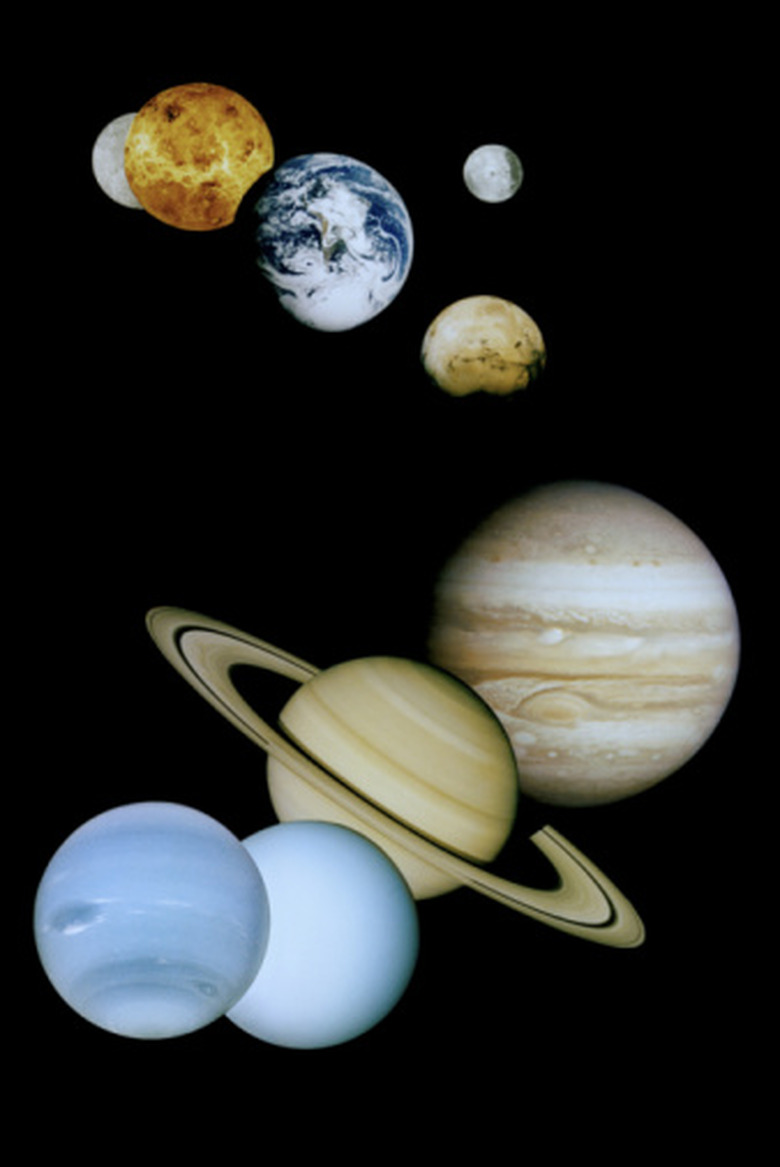Properties Of Gravity
Gravity is one of the four fundamental forces of the universe, and the most colossal in scale. Gravity affects the way objects interact with each other; from planets to pebbles, all the bodies are connected and interact with each other by the force of gravity. Although gravity forces are omnipresent, the causes of gravity are still not entirely clear. Understanding the properties of gravity is important as it allows a better understanding of how does gravity works.
Calculating the Magnitude of Gravity
Calculating the Magnitude of Gravity
Magnitude refers to the measure of the force of gravity in units. The force of gravity between two bodies can be calculated by the following formula: F = (G x M1 x M2)/D^2, where F = force of gravity, G = gravitational constant, M1 = mass of the first body, M2 = mass of the second body and D^2 = distance between the two bodies squared.
This formula illustrates two important properties of gravity. First, the mass of the bodies increases the force; the larger the mass, the larger the force. Second, the distance between the bodies will reduce the force.
Differences in Gravitational Pull
Differences in Gravitational Pull
Since the force of gravity is proportional to the mass of the bodies involved, bodies with small mass generate a negligible force, and bodies with great mass generate a noticeable force. This is observed in planets and moons. The moon has 1/6 the gravity of Earth, based on its smaller mass.
All bodies generate a gravitational pull as long as they have mass. The sun, for example, is a mass of gas, but it generates a great gravitational pull, big enough to balance the solar system.
Gravitons and the Mechanisms of the Force Transmitted
Gravitons and the Mechanisms of the Force Transmitted
All forces are transmitted by contact. Gravity seems to break this rule, as two bodies within a gravitational field attract each other, regardless of distance and without direct contact.
Modern conceptions of gravity include a uncharged particle called graviton. The graviton is the particle responsible of initiating contact between two objects in a gravitational field. When gravitons are exchanged by objects, they experience gravitational pull. It is important to note that gravitons are theoretical particles; their existence has not been confirmed by experimentation yet.
Gravity as a Curvature of Space-Time
Gravity as a Curvature of Space-Time
Gravity can also be understood not as a linear force, but as a curvature of space-time. Space-time is conceptualized as a mesh of three-dimensional space and time. In this mesh, space and time are not two different magnitudes, but rather a single unified entity. In the space-time, gravity can be conceptualized as a pit on the space-time; the more massive the body, the deeper the pit.
Cite This Article
MLA
Olortegui, Luis. "Properties Of Gravity" sciencing.com, https://www.sciencing.com/properties-gravity-8439386/. 24 April 2017.
APA
Olortegui, Luis. (2017, April 24). Properties Of Gravity. sciencing.com. Retrieved from https://www.sciencing.com/properties-gravity-8439386/
Chicago
Olortegui, Luis. Properties Of Gravity last modified March 24, 2022. https://www.sciencing.com/properties-gravity-8439386/
